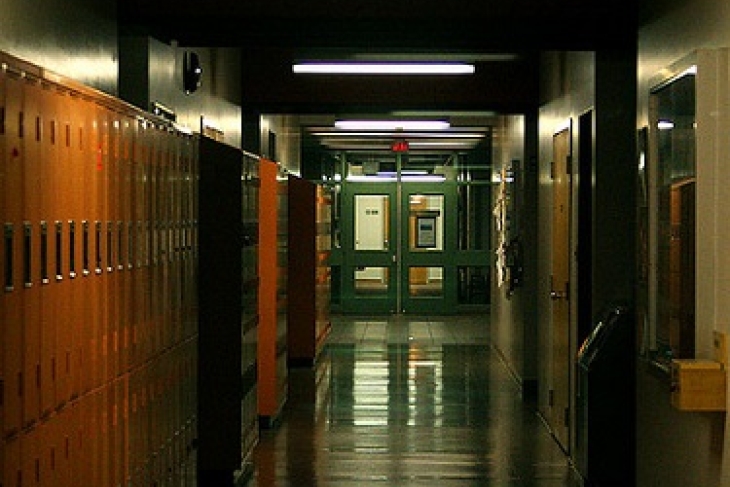When bad schools close, families usually get something better.
That’s what the Thomas B. Fordham Institute asserts in its April 2015 study School Closures and Student Achievement, using new research conducted in both traditional and charter public schools located in Ohio’s large urban school districts.
For more than fifty years, passionate educators, scholars, and community leaders who rue school failure have agreed on very little when it comes to the best way to reform our education system. But most could agree on this: Kids shouldn’t have to go to schools that consistently fail them year after year.
So why is closing schools the last thing anyone wants to consider? If we don’t want kids in consistently failing schools, and we know they can go somewhere better, what’s the hold-up?
Recent polling suggests most people have a “fix the school we have” mentality, supporting retooling schools over closure or complete overhaul. They see closure as extreme and counterproductive, a sign of giving up on community-based public schools.
While I sympathize with the desire to fix what we have rather than start over, I always get stuck on one simple problem: time.
In “fix the school we have” scenarios, we are looking at years of trial and error, faculty changes, and pilot programs. Those of us who have been in this field for a while know that even the reforms that work take time. Sadly, the kids in the kindergarten class that year don’t have time. While adults attempt change, children stumble and fail at critical milestones—milestones they won’t be able to go back re-do when that school gets its act together. Most research shows that if a child does not learn to read well by third grade, their entire educational and career trajectory will be shattered.
Instead of letting time pass for kids in persistently failing schools, we can decide to close the school. And while it does cause stress immediately—including the challenges of changing schools and the disruption to family and community life—according to this study, the kids fare better immediately if they are moved.
Using Ohio’s school improvement scores from the study by way of example, 71.5 percent of displaced charter school students and 59.6 percent of displaced district school students ended up in better schools than the one that was closed. And improvement grows over time: Among all students from closed schools (those that transferred to a higher-performing or lower-performing schools), individual student learning gains are evident pretty quickly and continue to expand over the next two years.
Closing a bad school so that a child can go to a better school is a good start. But it is still not the best we can do for our kids.
If we are going to aim for the best, it’s really important that we get honest now. The term “higher-performing” schools is relative. Sadly, it’s not the case that most students transfer from bad schools to great schools. Overall, one could say that kids went from bad, persistently failing schools to better, adequate schools. To wit: The average student in a closed school last year was at about the twentieth percentile in the state; the average at a non-closed school was at about the thirtieth percentile.
To aim for the best, we have to do two things at once, and in as short a period of time as possible: close persistently bad schools and open more great ones. It’s the only way to ensure that the child leaving a bad school has a chance to get to the best one, not just a better one.
Greg Richmond is the president and CEO of the National Association of Charter School Authorizers.

